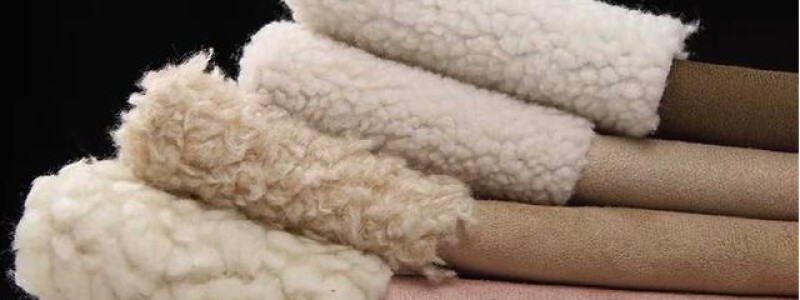
How to quickly and effectively identify spinning technology and yarn varieties
How to quickly and effectively identify spinning technology and yarn varieties 1. Visual inspection method of combustion and hand feeling It is to identify by looking at it with your eyes and touching it with y…

Can you tell the difference between rayon and modal?
Modal and rayon are both regenerated fibers, but the raw material of modal is wood pulp, while rayon The raw materials are natural fibers. From a certain perspective, these two fibers are green fibers. In terms…

Analysis of the causes of “rat yarn”
roving “cotton rat”, which is what we often call “rat yarn”. It is a small cotton bundle defect randomly mixed in the roving spun by the roving machine. If the carding air suction is poo…

Common knowledge about sweatshirt fabrics!
Sweatshirts first appeared in New York, USA in the 1930s. In order to provide work clothes for the cold storage workers at that time, because of its comfortable and warm characteristics, it was favored by athle…

Classification and identification of textile fabrics
Classification of fabrics According to the composition of fabrics, they are divided into natural fabrics and chemical fabrics Textiles Refers to the use of certain fibers, Fabrics woven in a certain way. Among …

Classification of yarn neps and analysis of their formation causes
Neps are an important indicator for yarn quality assessment. The technical requirements for cotton yarn grades not only stipulate the total number of neps and impurities in 1 g of yarn, but also specify the num…

The most complete textile pH control in history! Printers and dyers are paying attention!
pH value is a very important quality indicator for textiles, which is GB18401-2010 The mandatory implementation indicators of the “National Basic Safety Technical Specifications for Textiles”, unqua…

The influence of alkali in semi-finished gray fabrics on dyeing and finishing
With today’s increasing requirements for energy conservation and emission reduction, and the gradual increase in water costs, cellulose fiber fabrics such as cotton are more likely to produce semi-finished gray…

10 common fabric finishing techniques
Finishing is to give the fabric color effects, shape effects (smooth, suede, crisp, etc.) and practical effects (water-proof, non-felting, non-ironing, and non-mothproof). , flame retardant, etc.), fabric finis…

Basic knowledge of textiles that textile people must know!
1. Definition Fiber is a natural or synthetic filament-like substance, and textile fiber refers to Fibers used to weave cloth. 2. Characteristics of textile fibers Textile fibers have a certain length, finenes…


